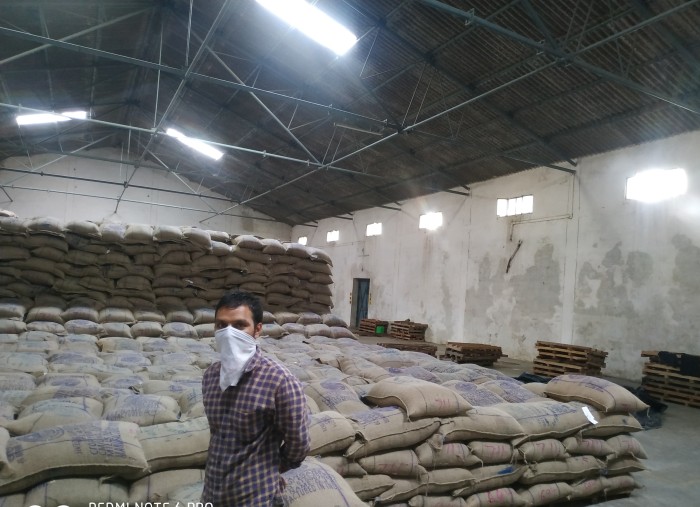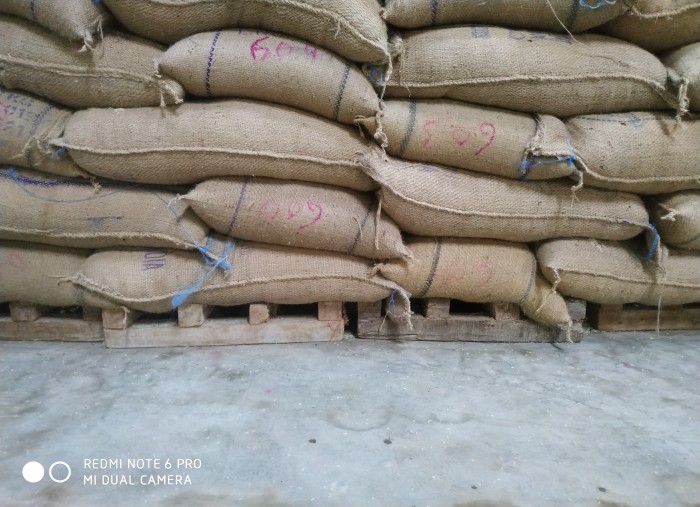Protection from Weeds
Protection from weeds is a necessary and important task. In a field many unwanted plants grow naturally along with the crop, which compete for nutrients, space, water & light. These unwanted plants are called weeds. It is necessary to remove weeds before they produce flowers and seeds because they affect the growth of the crop. The removal of weeds is called weeding.
Methods of weeding
Farmers adopt many ways to remove weeds and control their growth.
|
Cultural Methods |
Mechanical Methods |
Biological Methods |
Chemical Methods |
|
|
|
|
2,4-D is most common weedicide which is being in use by farmers for protection from weeds. Weedicides are chemical which do not damage the crops, the weedicides are diluted with water to the extent required and sprayed in the fields with a sprayer during vegetative growth of weed before flowering and seed formation.
Harvesting and Threshing
When crops mature farmers need to cut the crops, “The cutting of crop after it is mature is called harvesting.”
Farmers let the crop dry naturally in the field prior to harvest. Harvesting is done by manually by using sickle or by a machine called harvester. “In the harvested crop, the grain seeds need to be separated from the chaff. This process is called threshing.” Threshing is carried out by a machine called thresher. Most small farmers do the separation of grain and chaff by winnowing.
Storage of Harvested Crop
Proper storage of food grains is important to protect against moisture, microorganisms, insects and rats. Harvested grains have more moisture, they may get spoilt or attacked by organisms, making them unfit for use or for germination. Grain with less than 10 per cent moisture is safe for storage. Hence, before storing them, the grains should be dried properly. Neem leaves are also mixed with grains to prevent the growth of microbes. In large godowns, specific chemical treatments are required to protect them from pests and microorganisms.
- The requirements for a good storage system include:
- Prevention of moisture re-entering the grain after drying
- Protection from insects, rodents and birds
- Ease of loading and unloading.
- Efficient use of space.
- Ease of maintenance and management.
Animal Husbandry
Not only plants provide food to us, we obtained food from animals also and for this purpose animals reared at home or in farms, have to be provided with proper food, shelter and care. When this is done on a large scale, it is called animal husbandry.
- Government schemes/ programs related animal husbandary:
- National Livestock Mission. Animal Husbandry Infrastructure Development Fund.
- Rashtriya Gokul Mission. Kisan Credit Cards (KCC) to Livestock Farmers.
- National Programme for Dairy Development. …
- Supporting Dairy Cooperatives and Farmer Producer Organizations. …
- National Animal Disease Control Programme.


